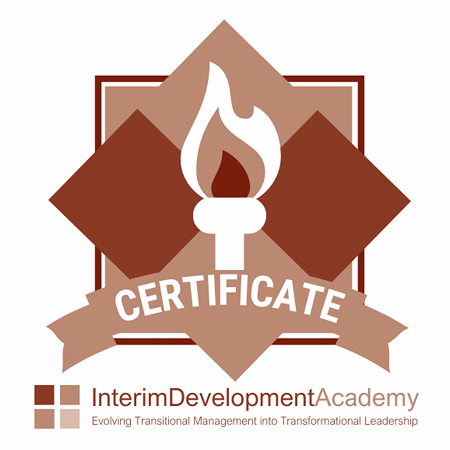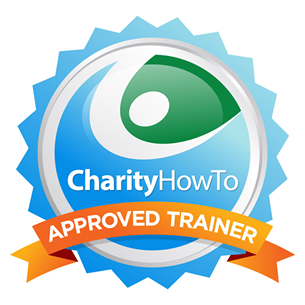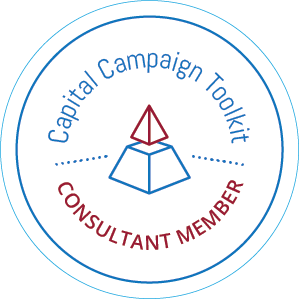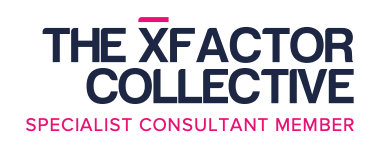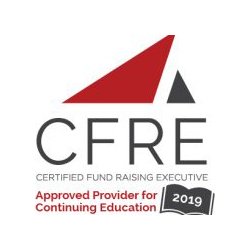Many organizations when seeking to start their first development office do not which way to turn or where to start first.
Far too many organizations often start and end with grant writing. They don’t get beyond this particular strategy and never get to the point of having a diversified fundraising function.
If done correctly from the start, organizations can set themselves up for success both today and well into the future.
With a few simple steps taken right from the start of your new fundraising office, you can create a strong and impactful program that will support your organizations mission well into the future.
Let me share with you steps on how to set up your fundraising office for success
1 – Start by conducting an assessment of the organization’s opportunities and challenges including getting an accurate read on the culture in which fundraising will operate. Does the organization have different programs and functions that operate differently, perhaps off-site, or on other campuses?
2 – Research and obtain a Donor Management System. Excel and Access are not database systems that you can efficiently use for development purposes. Today’s software is geared towards building the most effective development program at simple pushes of buttons. Many provide dashboards with important metrics built in so that you can instantly gauge important development benchmarks such as donor retention and donor engagement. Many also offer wealth screening capabilities for modest fees. These days an organization does not have to go with the top-of-the-line software suite to have a substantial impact on its development program.
3 – Then I would determine what the leverage points are for your organization based on the prospective donor base demographics. At this point, creating an ideal donor profile would be helpful. After creating this donor profile, you can then use that profile to find donors that match up to the characteristics that you have identified. This profile will help you to define your strategies. For instance, if you are a senior housing program, a reasonable approach that your organization should consider is planned giving and what I have termed a “Grateful Resident” Program. If you are a domestic violence shelter, then perhaps a special event to bring awareness to your mission.
4 – One thing that you can immediately start doing is to conduct grant research. Most charities are eligible for some form of private and public support. With the lead time necessary both in conducting research and in the application process, it behooves organizations to conduct the research straight out. Some application deadlines are months away and in some cases, foundations take months to make decisions. So, this is one area that you don’t want to delay in starting.
5 – Start to build a culture of philanthropy that supports your development program whether that is one-on-one meetings or “Meet and Greet” events. The important thing is to dispel myths surrounding fundraising. Most Board members do not have clear instructions and expectations regarding their role in fund development. Most are afraid of it, given the fear that they are expected to ask for money or to ask their friends in a “quid pro” way. So, meet and speak with those closest in your organization so that they get an understanding of what philanthropy and development are in support of your efforts. From there, you can work with each of them to begin developing a prospect list with a new understanding of the important purpose.
So there you have the simple steps that you can immediately take to build your organization’s first development office to support and even supercharge your charitable mission.
These are the same steps that I use when setting up a client’s first development office. And, they work!
For more simple steps that you can immediately take to build your development function to support your charitable mission, feel free to contact me and schedule a 15-minute consult to discuss your specific campaign.
For a FREE grant research template in Excel, email me.


 understand its nuances. Then and only then will a campaign be successful.
understand its nuances. Then and only then will a campaign be successful. important to not only look at internal things that will impact your fundraising success i.e. Board of Directors, etc., but it is also critical to examine external factors as well. Some external things that may affect the success of fundraising include political factors (i.e. election time), economic (a down economy), sociocultural (changing demographics), and technology (changes in the web, social media, etc.). Development audits also tend to examine others in the industry including nonprofits serving the same type of causes, similar sizes, potential collaborators, and other market factors).
important to not only look at internal things that will impact your fundraising success i.e. Board of Directors, etc., but it is also critical to examine external factors as well. Some external things that may affect the success of fundraising include political factors (i.e. election time), economic (a down economy), sociocultural (changing demographics), and technology (changes in the web, social media, etc.). Development audits also tend to examine others in the industry including nonprofits serving the same type of causes, similar sizes, potential collaborators, and other market factors).

